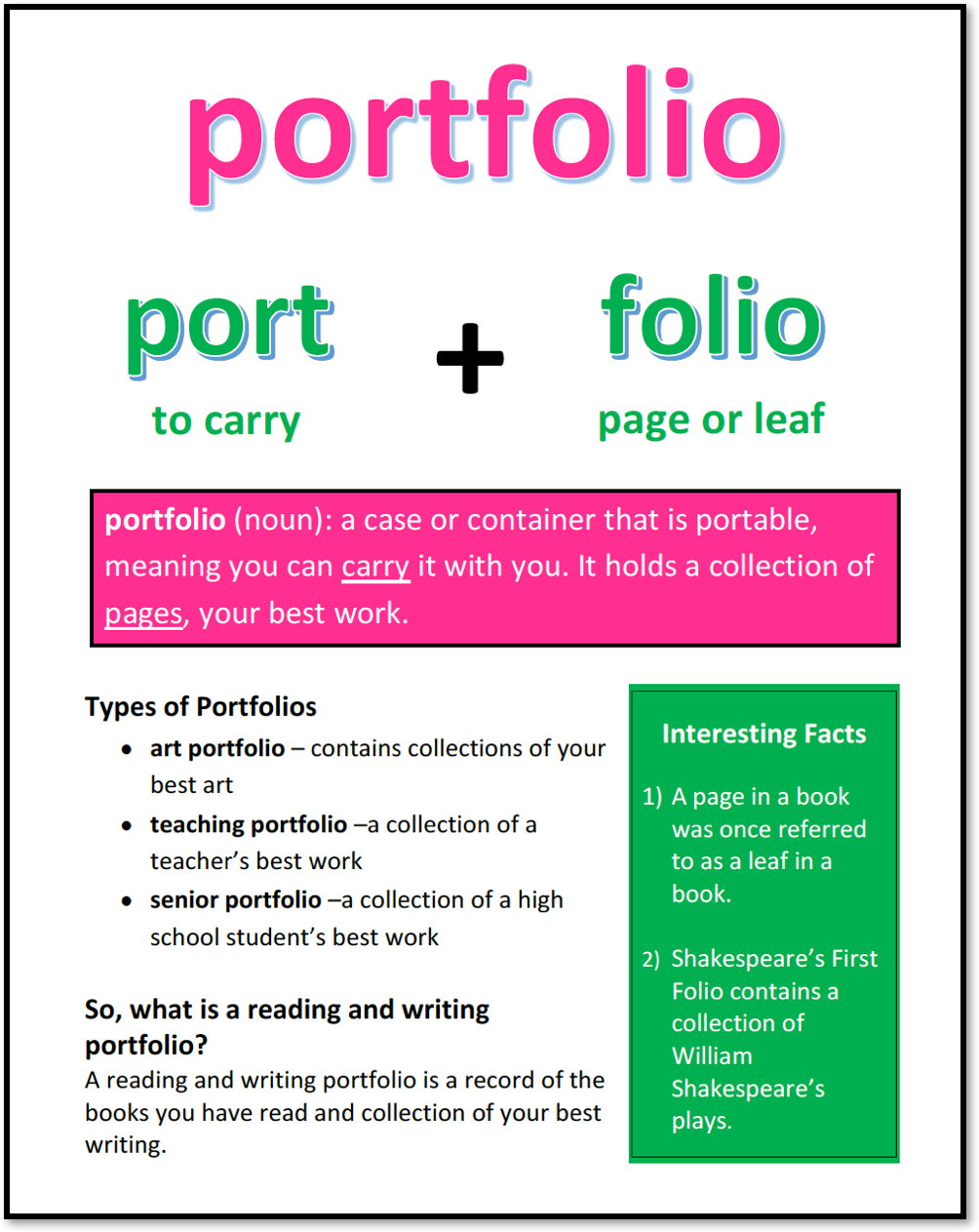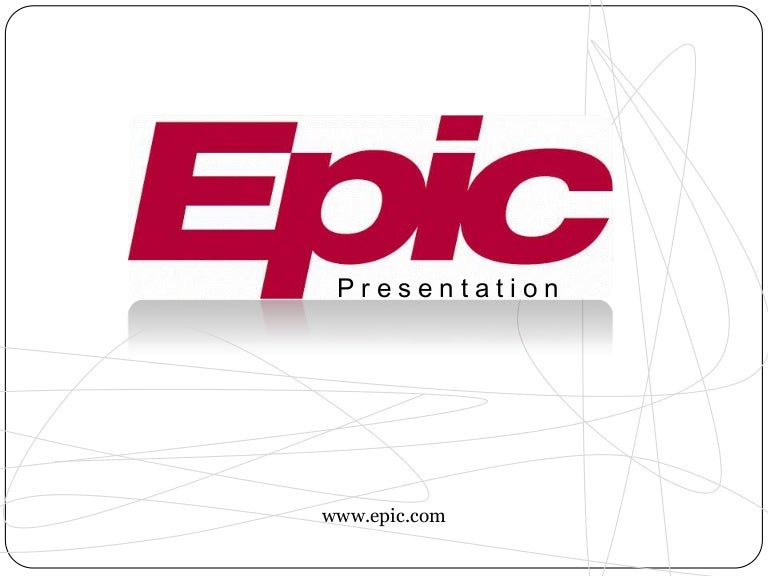

Portfolio-level OKRs should serve as inspiration as the agile release train (ART) considers how it can best contribute. OKRs owned by the Portfolio should demonstrate the contribution of epics towards desired outcomes, and will help you with investment decision-making. OKRs are particularly useful at the following levels: Portfolio OKRsĬrystallize your strategic themes and investment objectives around OKRs, and embed OKRs in every portfolio epic. You can define, link, and leverage OKRs at every level and grow an organizational coherence from them. The same is true when it comes to using them in SAFe (Scaled Agile Framework, a popular model for enterprise agile and agile/digital transformations). OKRs are incredibly powerful as a focusing and learning tool.

The beauty of implementing OKRs is that you can start anywhere.

In this top-down model, the process of setting goals can take four to six months, which is inherently non-agile.īy making organizational goals clear and transparent, you’ll inspire convergence at all levels and surface areas of divergence. When goals are set at the top of the organization and handed down in one direction to lower levels, it creates a blocker at lower levels of business units, portfolios, programs, and teams. The reality is that top-down, cascaded OKRs are too slow and kill autonomy. Unfortunately, a common misconception is that OKRs cascade down the org chart like a royal decree.
#Portfolio epic definition how to
We love these blog posts by Felipe Castro that talk about how OKRs should align, not cascade, and how to avoid waterfall OKRs. When OKRs have been fully deployed at companies like Google, Oracle, Slack, LinkedIn, Spotify, Twitter, and here at Atlassian, they’ve served as an amazing tool for company-wide alignment. With more people to align, more work is needed to achieve that alignment.įull enterprise agility involves aligning thousands of people. Moving to the team-of-teams level (sometimes called programs or Agile Release Trains), the paradigm shifts to aligning 50 to 125 people to common goals. Team-level agile is an effective way to organize a group of people on a team (usually five to ten people) around common goals. When operating in a scaled agile environment, alignment across teams and at different levels of the organization is essential. What’s different about OKRs in a scaled agile environment? In other words, KRs should be paired to measure both effect and countereffect. For example, if there’s a chance that pushing for a particular result will compromise quality, you should identify a second key result that will safeguard quality. Likewise, each objective should be accompanied by two or three key results.įurthermore, Andy Grove stressed the key results (KRs) should be in balance with one another. Too many objectives leads to a diluted focus. They go on to stress that the OKRs are meant to be a focusing tool. Key results should be gradable on a scale of 0 to 1, and you should be looking to hit somewhere around 70 percent. Google has shared their beliefs on getting the most from OKRs: much of their approach is based on the concept that there’s nothing worse than setting a goal too low and hitting it, and that all OKRs should be stretch goals. Run the Play How do I set up OKRs at my company?Īs simple as OKRs sound, they are implemented differently at every organization. Learn more about OKRs and how to implement them with this guide.


 0 kommentar(er)
0 kommentar(er)
